World weathering the climate storm, as our politicians tread warily to election
Australia has benefited from the effects of two La Nina years, much to chagrin of catastrophists.
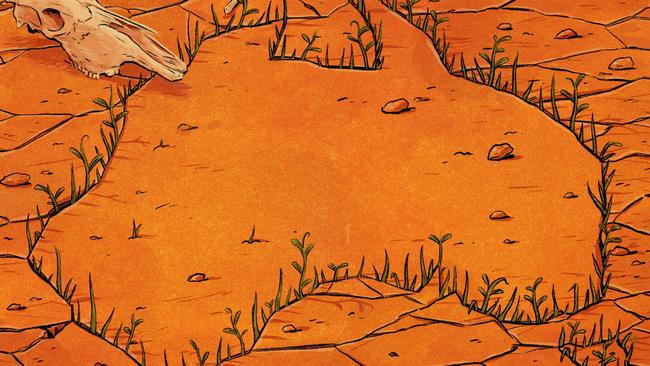
Rains that were predicted by experts either not to come or to fall out of phase with agricultural needs have failed to heed the script. The nation’s great river systems have been recharged after a period of extended drought that some thought would never end. Dams and water catchments are full and agricultural production is at record levels. The Great Barrier Reef is tracking levels of healthy coral cover not seen for decades across its entire system, an area the size of Italy.
Scientists insist the underlying warming trend, suppressed by La Nina, is still there. But for nature lovers everywhere the present conditions reinforce a belief that nature is not broken, the natural cycles continue to operate and that resilience persists on land and at sea.
The Great Barrier Reef has become a proxy for the existential threat of climate change. But the latest results from long-term monitoring by the Australian Institute of Marine Science shows that coral growth has been recorded in all regions. Hard coral cover on the Northern Reef has risen from a low in 2017 of 13 per cent to 27 per cent last year. For the Central region, hard coral cover has risen from a low of 11 per cent in 2012 to 26 per cent. In the Southern region hard coral cover has risen from a low of 12 per cent in 2011 to 39 per cent.
According to the Great Barrier Reef Marine Park Authority, the AIMS report “shows that despite a decade of impacts such as marine heatwaves, the Great Barrier Reef is still a resilient ecosystem and can recover from extreme events if disturbance-free periods are long enough”. Despite the bounce-back in coral cover, the Great Barrier Reef remains subject to an international push to have it listed as a World Heritage asset in danger.
For farmers, the news is also positive.
The Australian Bureau of Agriculture and Resource Economics says the value of agricultural exports in 2021 is a record high. When the final numbers are in, production is expected to have increased year on year for every major livestock commodity and almost every major crop commodity – with farmers forecast to produce the largest volume ever. ABARES executive director Dr Jared Greenville says Australia is enjoying an extraordinary combination of favourable conditions and 30-year price highs. “It would be the first time in at least half a century that production will increase for so many products at the same time,” Greenville says.
Things will change, of course. Booming vegetation fed by healthy rains will dry out once La Nina passes, intensifying the risk of bushfire. There is still a chance that elevated sea temperatures will cause problems for some areas of the Great Barrier Reef this year.
But according to the Bureau of Meteorology annual climate statement, 2021 was the coolest year in nearly a decade and wettest since 2016. By the end of 2021 – and for the first time in five years – no large parts of the country were experiencing rainfall deficits and drought conditions.
This week, Sydney’s Warragamba Dam was at 100 per cent capacity and the average across the Greater Sydney catchment is 96.9 per cent. In southeast Queensland, the Wivenhoe Dam, used for water storage and flood mitigation, is at 52 per cent but other dams in the region are full and spilling across the catchment. In Melbourne, storage levels are at 89.5 per cent.
Announcing BoM’s 2021 temperature data, climatologist Dr Simon Grainger says: “After three years of drought from 2017 to 2019, above-average rainfall last year resulted in a welcome recharge of our water storages but also some significant flooding to eastern Australia.”
In 2021, Australia’s mean temperature was 0.56C above the 1961-1990 climate reference period. It was the 19th-warmest year since national records began in 1910, but also the coolest year since 2012. Rainfall was 9 per cent above the 1961-1990 average, making 2021 the wettest year since 2016, with November the wettest on record.
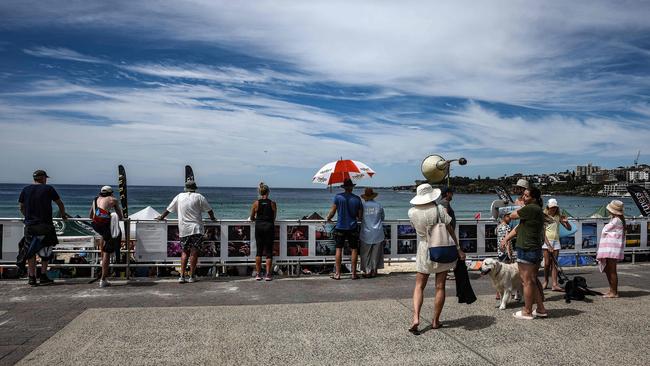
Of course, Australia is not the world.
According to figures released by US space agency NASA on Friday, Earth’s global average surface temperature in 2021 tied with 2018 as the sixth-warmest on record. Global average temperatures in 2021 were about or about 1.1 degrees Celsius warmer than the late 19th-century average, the start of the industrial revolution.
A separate, independent analysis by US weather agency National Oceanic and Atmospheric Administration also concluded that the global surface temperature for 2021 was the sixth-highest since record-keeping began in 1880.
“The complexity of the various analyses doesn’t matter because the signals are so strong,” says Gavin Schmidt, director of GISS, NASA’s leading centre for climate modelling and climate change research. “The trends are all the same because the trends are so large.”
NOAA says many factors affect the average temperature in any given year, such as La Nina and El Nino climate patterns in the tropical Pacific. NASA scientists estimate the La Nina weather pattern may have cooled global temperatures by about 0.03 degrees Celsius from what the average would otherwise have been.
But at a time when the United Nations has declared “Code Red for humanity” because of climate change, on the ground there is evidence that things are not being received quite as the headlines would suggest. This has implications for green groups wanting to harness public support to push for nature. And for politicians on the hustings looking for advantage in a tightly contested federal poll.
The Australian Conservation Foundation has been testing public opinion on nature and been surprised at what it found.
Ninety-five per cent of those surveyed say it is important to preserve nature for future generations to enjoy.
This sentiment was shared across all voting groups including Liberal, National, Labor and Greens. On the question of feeling deeply connected to nature in Australia, the biggest response was among National voters on 86 per cent, higher than among Greens voters on 79 per cent. Counter to the narrative of environmental doom, respondents overwhelmingly felt the state of the environment was excellent, good or fair. Only 13 per cent thought the state of nature was poor or terrible.
Climate change was listed as a concern by 74 per cent of respondents, behind bushfires, floods and plastic waste. Cost-of-living pressures was the biggest concern for 95 per cent of respondents. Only 32 per cent could be considered “active nature protectors” or “diehard nature worriers”, with the majority “hopeful”, “detached” or “unconcerned”.
According to the report, active nature protectors and diehard nature worriers believe nature is in a fair or poor state while all other segments believe it is good or excellent.
ACF nature campaigner Jess Abrahams says green groups must learn the lessons of the climate wars and have a message other than catastrophe. He uses the cry-wolf analogy of a fire alarm that is tuned out because it never stops ringing. The findings are in line with published research that the indiscriminate use of negative appeals results in emotional burnout and a decreased likelihood of acceptance of any messages – even the important ones.
Abrahams says the survey, conducted by research group fiftyfive5, is a strategy document and represents the new approach that ACF will take.
“We need to speak to more than just the deep green and this has given us a lot of help on how to do that,” Abrahams says.
“It is a love message – tapping into people’s love of nature. People who vote Nationals report a stronger connection to nature than almost the Greens.
“A lot of people who are very sceptical about the climate debate are really knowledgeable and passionate about mangroves and fish breeding and the impacts of dredging. People in regional areas have a deep understanding of these issues.”
For campaigners, there is frustration that positive attitudes to the state of the environment do not properly reflect the full suite of research. That challenges exist will be confirmed in the upcoming State of the Environment report, due for release early this year.
But the results of the ACF research put a fresh perspective on how the major parties can approach their environmental credentials in the looming federal poll. Anthony Albanese has spent the past week on a tour of North Queensland, a vital area for the ALP given its comprehensive loss at the last election on the back of its perceived anti-coal and climate change message. This time, the message from Labor has been love of the Great Barrier Reef but support for mining as well.
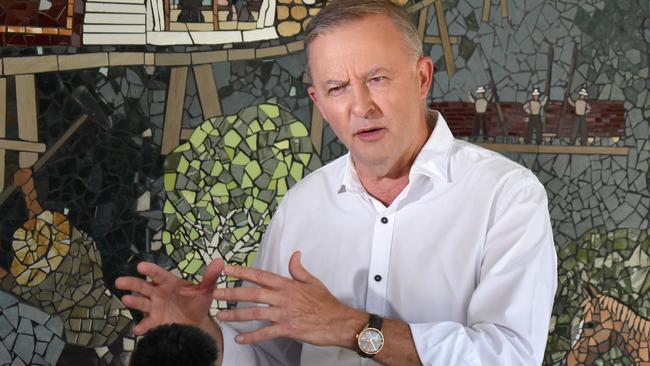
Albanese says the market will decide if it was still profitable to dig coal up to burn for energy and, if that was the case, any project that clears environmental hurdles should go ahead.
Albanese told journalists he had no appetite for “these games” on coal.
“We have a positive message for Queenslanders. It’s one of regional jobs. It’s one of making sure there is secure work,” Albanese said in Cairns. “Existing power stations will continue to exist for the lifespan that’s been established. With regard to exports of resources, they’re dependent upon international markets, but they won’t be affected by our policy.”
Albanese says the ALP will “make sure that we provide support for the reef” to “make sure that it’s never ever put on that (World Heritage in Danger) list”.
The challenge for Labor is to narrow the gap between itself and the Morrison government on climate action without surrendering support in inner-city seats where it faces competition from the Greens.
The Morrison government has moved closer to the centre as well, adopting a net-zero target for 2050. The decision was taken in the lead-up to the much-hyped Glasgow climate conference and was in tune with the demands of corporations and international peers. But agreeing to a net-zero target for 2050 has given the Coalition less room to move against Labor. And despite embracing net zero, the Coalition is facing its own challenge in inner-city seats from climate independents bankrolled by businessman Simon Holmes a Court under the C200 banner.
On the hustings, concerns about supply lines and availability of rapid antigen tests are swamping the climate message.
Internationally, two months on from Glasgow, the World Economic Forum has put “climate action failure” at the top of the list in its 2022 Global Risks Report but the global politics of climate change is strained.
Glasgow ended with deep divisions between developed nations and the developing world on plans to stop the use of fossil fuels. Since then, the International Energy Agency has said global demand for coal will reach record levels in 2022 and continue to surge for at least three years.
“All evidence indicates a widening gap between political ambitions and targets on one side and the realities of the current energy system on the other,” the IEA says.
“This disconnect has two clear implications: climate targets are getting further out of reach, and energy security is at risk.”
Increased coal use is being driven primarily by China and India but it is also rising in Europe, Britain and the United States. Rising prices for gas have at least temporarily ended a trend of switching from coal to gas for power generation.
Faced with a shortage of energy partly due to the intermittency of wind generation, the European Union is preparing to approve gas and nuclear energy as “green” fuels, outraging environment groups.
But politicians everywhere are starting to feel the heat of rising energy costs.
British Prime Minister Boris Johnson, who led the push against coal in Glasgow, is being warned the energy crisis represents a threat to his government.
Climate scientists rightly insist that the La Nina cycle, which has cooled temperatures across the globe, does not undermine the longer warming trend.
But the reverse is also true. Peaks in temperature and heightened bushfires that coincide with the El Nino phase must also be considered outliers rather than the norm.
US climate scientist Judith Curry says the latest IPCC report is less alarmist on future warming, discounting extreme scenarios and reducing the best estimate sensitivity of climate to rising levels of CO2.
The big unknown, Curry says, is the future impact of natural climate variability.
“It looks like all the modes of natural climate variability are tilted towards cooling over the next three decades,” Curry says in an interview published on her website.
“It looks like we’re heading towards a solar minimum. Any volcanic eruptions by definition are negative. And we expect the Atlantic multidecadal oscillation to shift to the cold phase on the timescale of about a decade.
“So all of these modes of natural variability point to cooling in the coming decades. This buys us decades to figure out what we should do.”
But despite lower average temperatures in 2021, NASA says there is no less cause for alarm.
“Science leaves no room for doubt: Climate change is the existential threat of our time,” says NASA administrator Bill Nelson. “Eight of the top 10 warmest years on our planet occurred in the last decade, an indisputable fact that underscores the need for bold action to safeguard the future of our country – and all of humanity.”
NASA climate scientist Gavin Schmidt told the Associated Press the long-term trend is “very, very clear. And it’s because of us. And it’s not going to go away until we stop increasing the amount of carbon dioxide in the atmosphere”.
But Curry says a sustained cooling would force people to reconsider. “If I’m right about natural variability having sort of a cooling effect in the coming decades, this will be the one piece of evidence that people will have to pay attention to,” she says.
“If that transpires, I would say that would be the single most effective thing at bringing this dialogue back to some level of rationality, but how much confidence do I have in that prediction? How much money am I going to bet on that?
“I don’t know, but it’s a very plausible scenario that natural variability will lead to cooling in the coming decades, or at least slow down the warming.
“On the current path, we are not managing this risk in a sensible way that would leave our countries stronger and less vulnerable to whatever may transpire in the future.


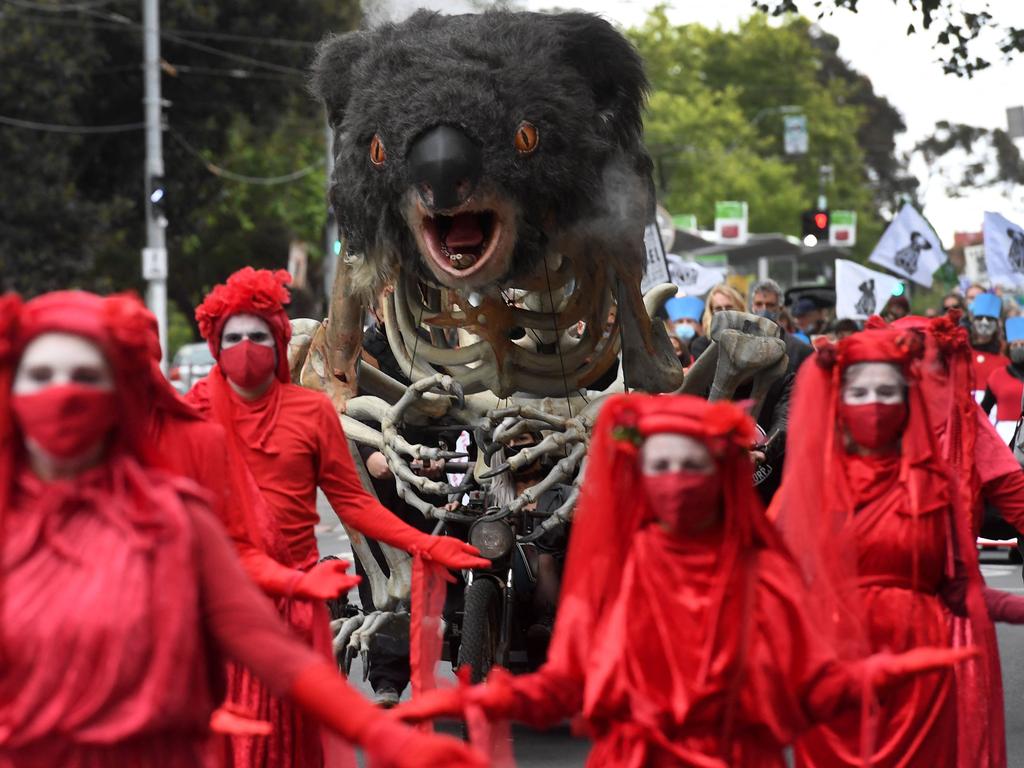
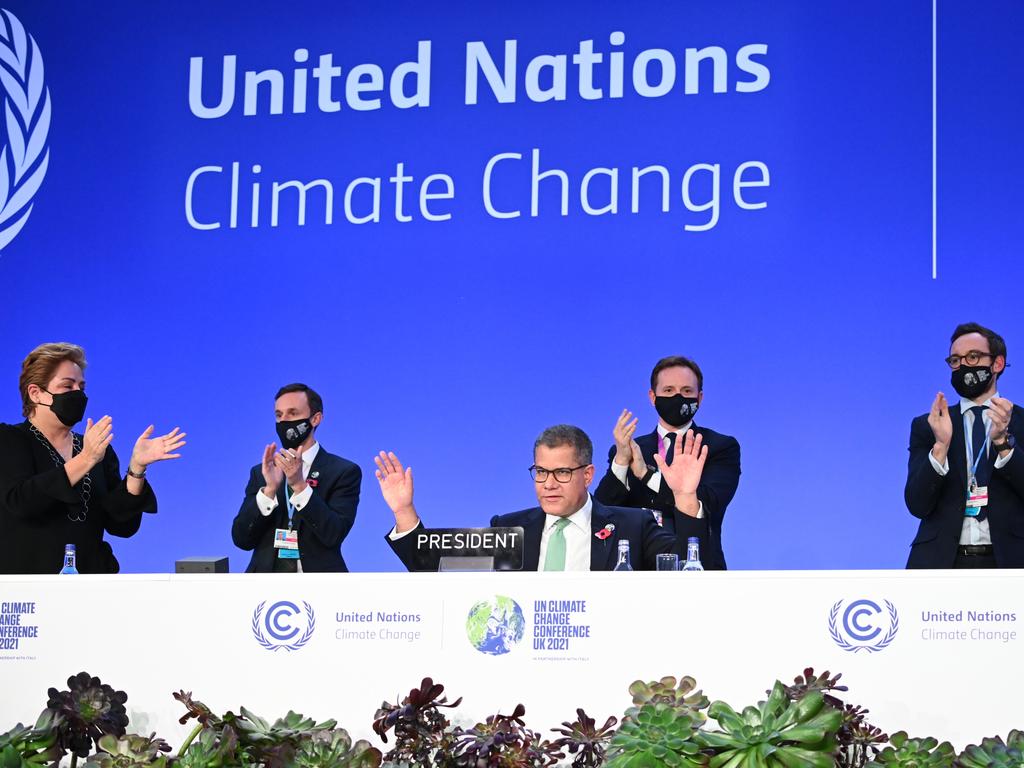
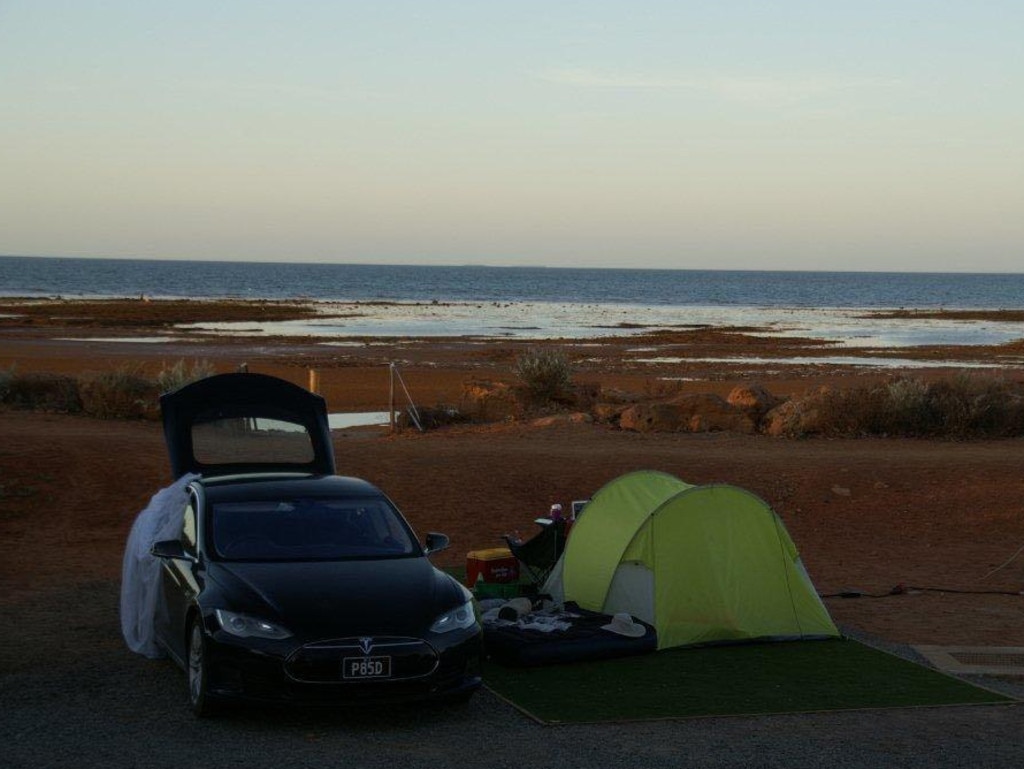
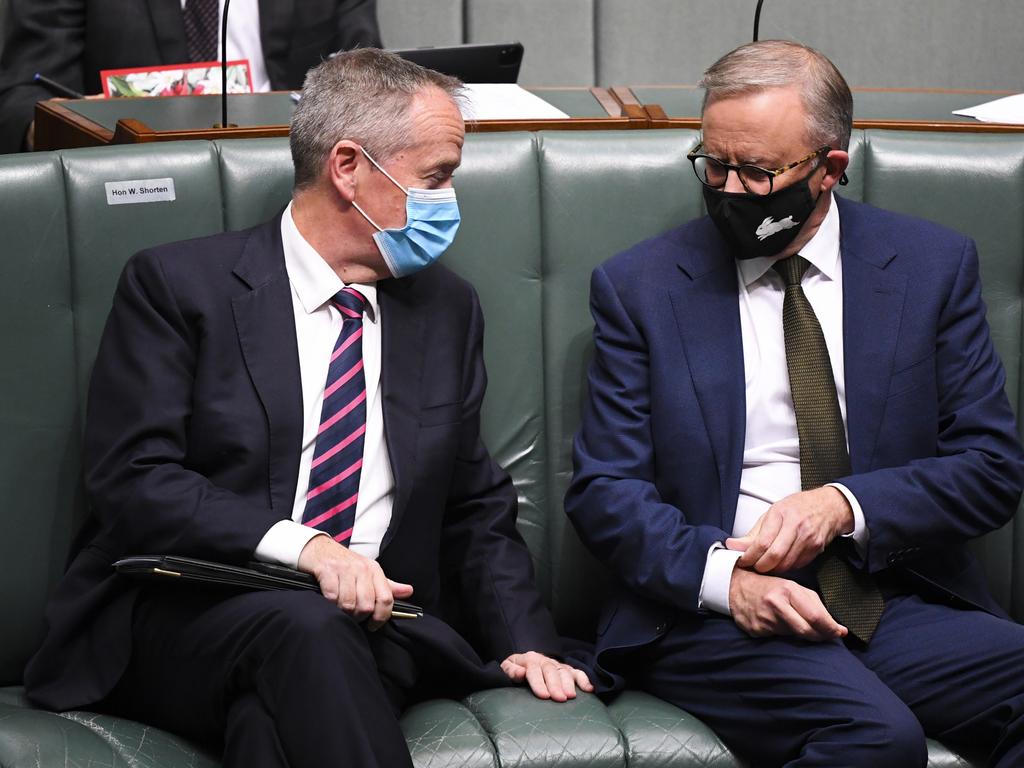
In a land of boom and bust, feast and famine, drought and flooding rains, it is a time of plenty. For the nation’s climate catastrophists, an inconvenient set of realities has captured the natural world. Back-to-back La Nina weather systems plunged Australia’s average temperatures in 2021 to their lowest levels in a decade.